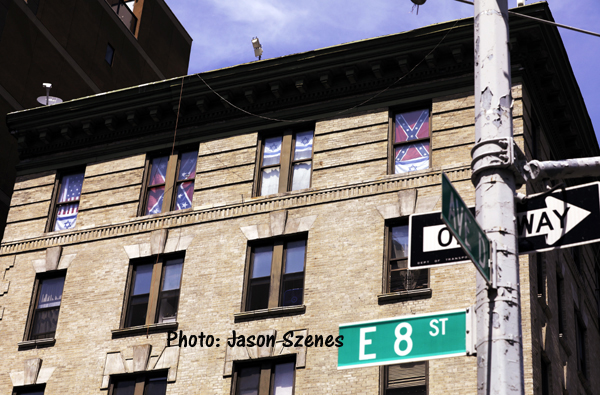
By NAN Staff Writer
News Americas, RALEIGH, NC, Fri. Aug. 18, 2017: A North Carolina University professor believes the US can learn something from a Caribbean country when it comes to representing its dark racist history today.
Professor Laurent Dubois, who teaches history at Duke University in Durham, North Carolina, suggests that the US can learn from the Caribbean island of Martinique on how to deal with the controversial issue of Confederate monuments today.
The Confederate States of America (CSA or C.S.), commonly referred to as the Confederacy, was a self-proclaimed nation of 11 secessionist slave-holding states of the United States, existing from 1861 to 1865.
The Confederacy was originally formed by seven states – South Carolina, Mississippi, Florida, Alabama, Georgia, Louisiana, and Texas – in the Lower South region of the United States whose regional economy was mostly dependent upon agriculture, particularly cotton, and a plantation system that relied upon the labor of black slaves.
Dubois suggests Americans leave the pedestals of current Confederate monuments empty and develop historical panels explaining their history as monuments,” he told PRI The World.
In that way, Dubois said the US could follow the example of the Caribbean island of Martinique which under slavery had hoisted a monument of Empress Josephine, wife and lover of Napoleon Bonaparte, who was also a member of a family that grew wealthy on the backs of slaves working sugar plantations in the French colony.
But in the 1980s, independence activists decapitated the statue and painted it with blood, as though it had been guillotined. Rather than replace the head, the local community decided to leave it as it was, as a way to reinterpret history.
“In the middle of the town square you have a monument that’s been transformed by activists, and that Martiniqueans now see as their monument, as they’ve reclaimed it in a certain way,” Dubois was quoted as saying.
He added that in the US, there needs to be a cultivation and expansion of a broader historical memory.
“So the history of slavery itself – the history of abolitionists, the history of how slavery was destroyed, the history of the enslaved people who fought against slavery – all those are things that could be much better known and much more present in our public spaces,” he said.
“One solution is to think about that … both the removal of some monuments, but also what kinds of public art, what kinds of public recognition of history do we want to foreground,” he added. “And there are lots and lots of Americans that have fought for justice and equality, who fought against slavery, who could be acknowledged and could be celebrated.”









